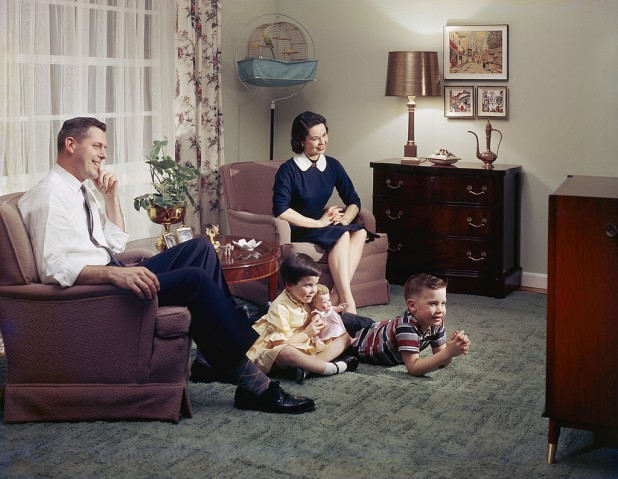NIELSEN RATINGS REVAMPED

Nielsen has been a TV god. From the dawn of the TV industry, the Nielsen Ratings were its gold standard of performance measures. They served electronic media whose programming and personnel decisions had previously been combinations of guesswork and voodoo. For an industry rife with superstition, the Nielsen system was the closest thing to science.
Like the Word of God from Mt. Sinai, the system’s judgements were absolute- and beyond appeal. Actors, talk show hosts, programming directors, and ad buyers lived or died by them. The ratings conferred wealth and fame for some; career death, financial ruin, and highly dreaded obscurity on others. Nobody in TV or advertising could afford to ignore the ratings.
The system is a dramatic improvement on all that came before. It’s far from perfect, though. Survey samples are skewed. In part, this is because participation is voluntary, and participants know they’re being surveyed. And the samples have always been small. In the beginning, the sample was only a few thousand households. Though Nielsen enlarges it once in a while, as late as November 2015 it was only 25, 000. It is now about 100,000.
The system worked well enough when only four networks (including PBS) competed for viewers. It became less reliable with cable channels multiplying, and the need for precision was greater than ever.
Other developments undermined the rating system. Viewers often ‘time-shifted’ their viewing with DVRs. With ever more viewers watching on tablets and smart phones, many were beyond the reach of the Nielsen system. TV also has to compete with internet browsers. The browsers track user interests and buying habits- and adapt targeted ads for them. Legacy TV systems couldn’t keep up.
The Nielsen Rating System was in danger of becoming obsolete. To survive, it needed to be revamped– dramatically and quickly.
Last month, AT&T stepped into the matter. The telecom forged a multi-year agreement with Nielsen to provide anonymous viewer data from DirecTV and U-Verse receivers and streaming apps. The new system will provide instantaneous data from more than 25 million subscribers, so it will be many times more accurate than the previous one.
A few months ago, Dish Network signed a similar contract with Nielsen.
For the first time, all concerned will truly understand what viewers want to watch. The difference will be especially dramatic for data from rural and less populous suburban areas, for which data from the original Nielsen system was especially erratic. It will be easier to track the performance of regional or specialty channels that currently attract limited audiences. And the new system will more easily detect when a specialty channel has potential to break into the mainstream.
(For TV or internet service, you need a reliable connection. To find the one that works best for you, talk to us. We can help.)

